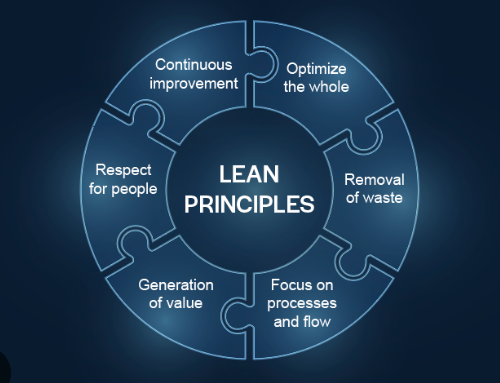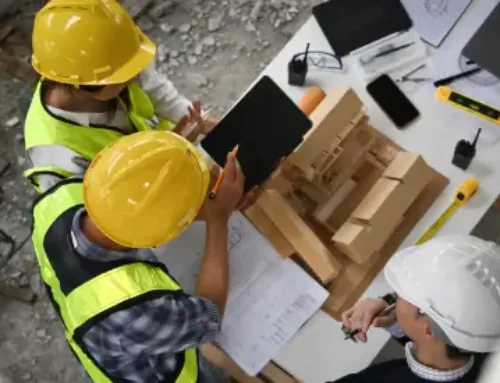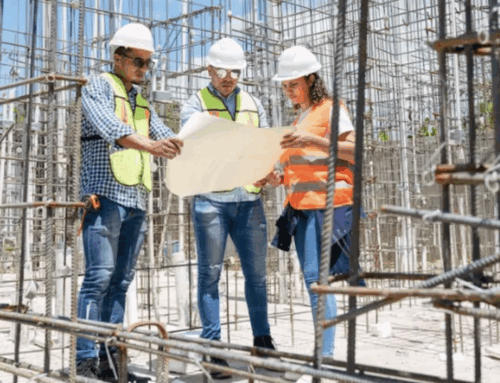LEAN construction works better for several reasons, emphasizing efficiency, waste reduction, and continuous improvement. Here are some key reasons why LEAN construction is effective:
- Waste Reduction: LEAN construction focuses on identifying and eliminating waste in processes, which can include time, materials, and labor. By reducing waste, projects become more efficient and cost-effective.
- Improved Quality: With a focus on continuous improvement and quality control, LEAN construction leads to higher-quality outcomes. Problems are identified and addressed promptly, leading to better overall project quality.
- Enhanced Collaboration: LEAN construction encourages collaboration among all stakeholders, including owners, designers, contractors, and suppliers. This leads to better communication, fewer misunderstandings, and a more cohesive project team.
- Shorter Project Timelines: By streamlining processes and eliminating inefficiencies, LEAN construction can shorten project timelines. This is achieved through better planning, scheduling, and execution.
- Cost Savings: Reducing waste and improving efficiency directly lead to cost savings. LEAN construction projects often come in under budget due to better resource management and fewer costly errors or delays.
- Flexibility and Adaptability: LEAN construction practices are adaptable to change. When unforeseen issues arise, the team can quickly respond and adjust, minimizing disruptions and keeping the project on track.
- Increased Safety: By promoting better planning and coordination, LEAN construction can lead to safer work environments. Reduced waste and improved processes also contribute to fewer accidents and injuries on the job site.
- Sustainability: LEAN construction often leads to more sustainable building practices. By using resources more efficiently and reducing waste, the environmental impact of construction projects is minimized.
- Customer Satisfaction: Improved quality, reduced costs, and shorter timelines contribute to higher customer satisfaction. LEAN construction projects are more likely to meet or exceed client expectations.
- Employee Engagement: LEAN principles often lead to higher employee engagement and satisfaction. Workers are involved in problem-solving and process improvement, leading to a more motivated and productive workforce.
Implementing LEAN construction requires a cultural shift within an organization, emphasizing continuous improvement, respect for people, and a commitment to delivering value to the customer.
The most significant obstacles to using LEAN?
Implementing LEAN construction can face several significant obstacles, including:
- Cultural Resistance: Shifting from traditional construction methods to LEAN practices requires a cultural change. Employees and stakeholders might resist new ways of working due to comfort with the status quo or skepticism about the benefits of LEAN.
- Lack of Understanding and Training: LEAN principles and practices may not be well understood by all team members. Adequate training and education are necessary to ensure everyone is on the same page and can effectively implement LEAN methods.
- Initial Investment: Implementing LEAN construction can require an initial investment in training, new technologies, and process reengineering. This upfront cost can be a barrier, especially for smaller companies with limited resources.
- Management Commitment: Successful LEAN implementation requires strong commitment and support from top management. Without leadership buy-in, it can be challenging to sustain LEAN initiatives and drive the necessary cultural and procedural changes.
- Integration with Existing Processes: Integrating LEAN principles into existing processes and workflows can be complex. It may require significant adjustments and realignment of current practices, which can be time-consuming and disruptive.
- Supplier and Subcontractor Alignment: LEAN construction involves collaboration and coordination with suppliers and subcontractors. Ensuring that all external partners understand and adopt LEAN practices can be difficult, particularly if they are accustomed to traditional methods.
- Measurement and Metrics: Defining and tracking the right metrics to measure the success of LEAN initiatives can be challenging. Without proper metrics, it can be hard to assess progress and demonstrate the benefits of LEAN practices.
- Sustainability of Efforts: Maintaining the momentum of LEAN efforts over the long term can be difficult. Continuous improvement requires ongoing commitment, regular training, and a persistent focus on identifying and eliminating waste.
- Change Management: Implementing LEAN involves significant change management. It requires effective communication, addressing concerns and fears, and managing the transition smoothly to minimize disruption and resistance.
- Complexity of Projects: Large and complex construction projects can present additional challenges in implementing LEAN practices. Coordinating LEAN efforts across multiple teams, disciplines, and phases of a project requires robust planning and management.
Overcoming these obstacles requires a strategic approach, strong leadership, continuous education, and a commitment to fostering a culture of continuous improvement and collaboration.






